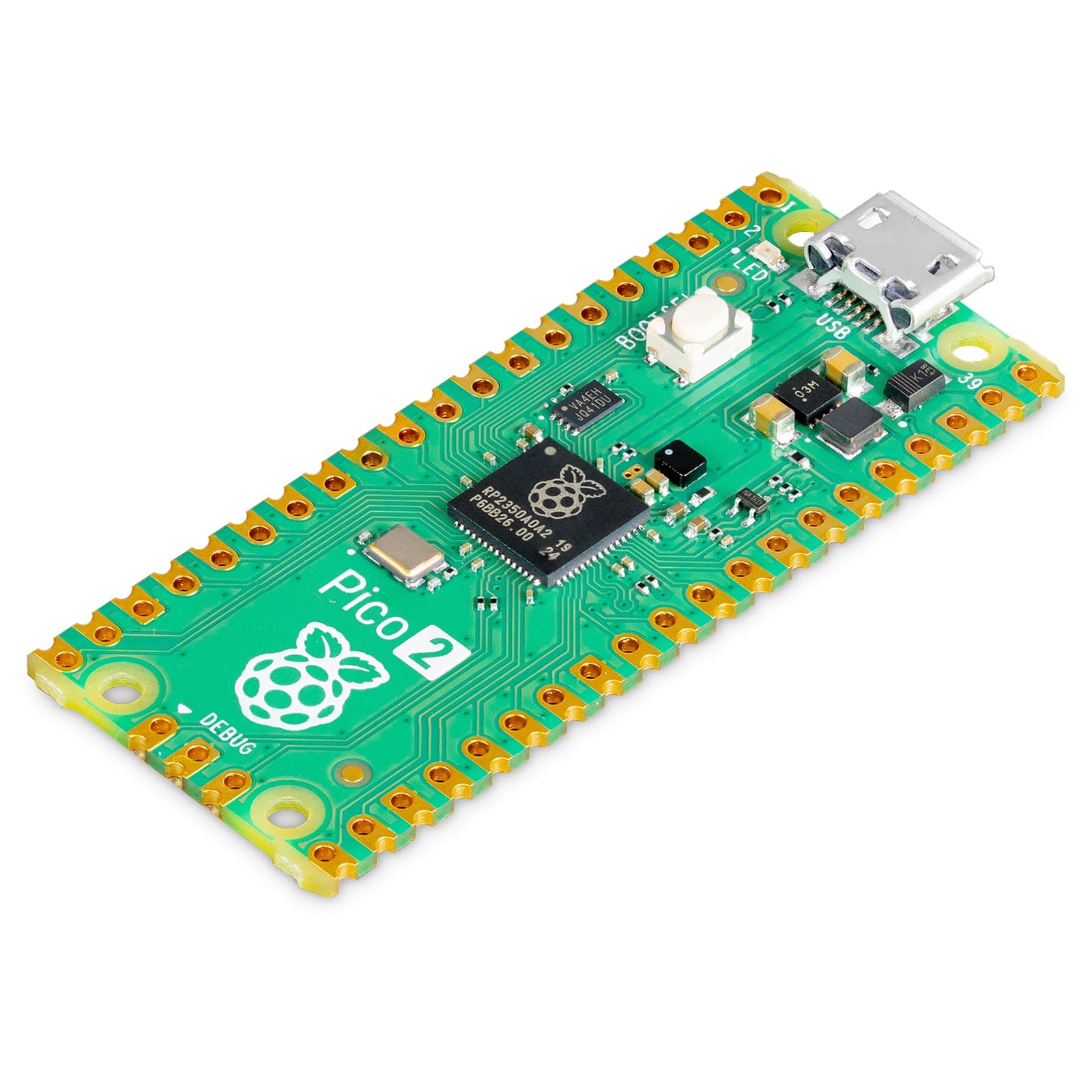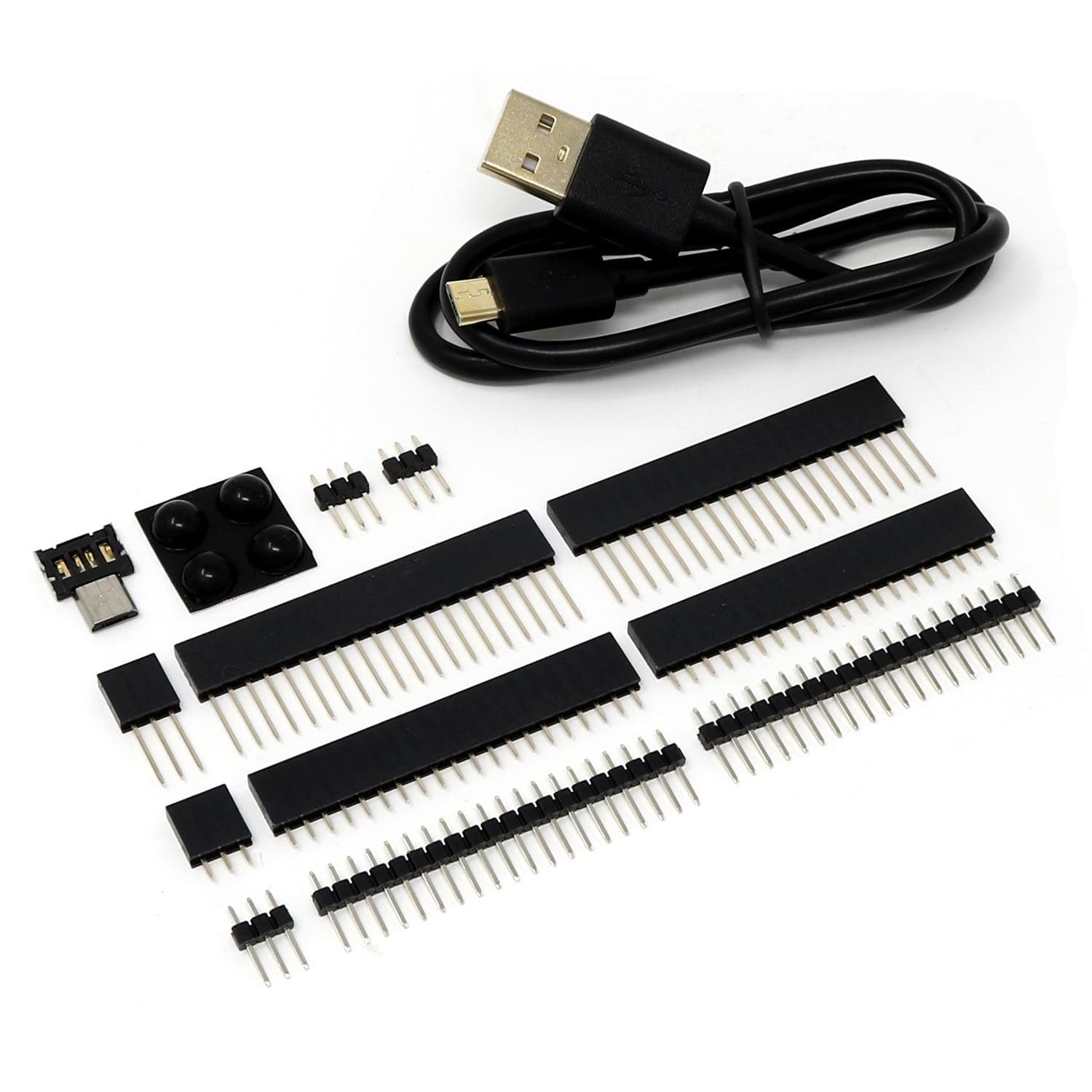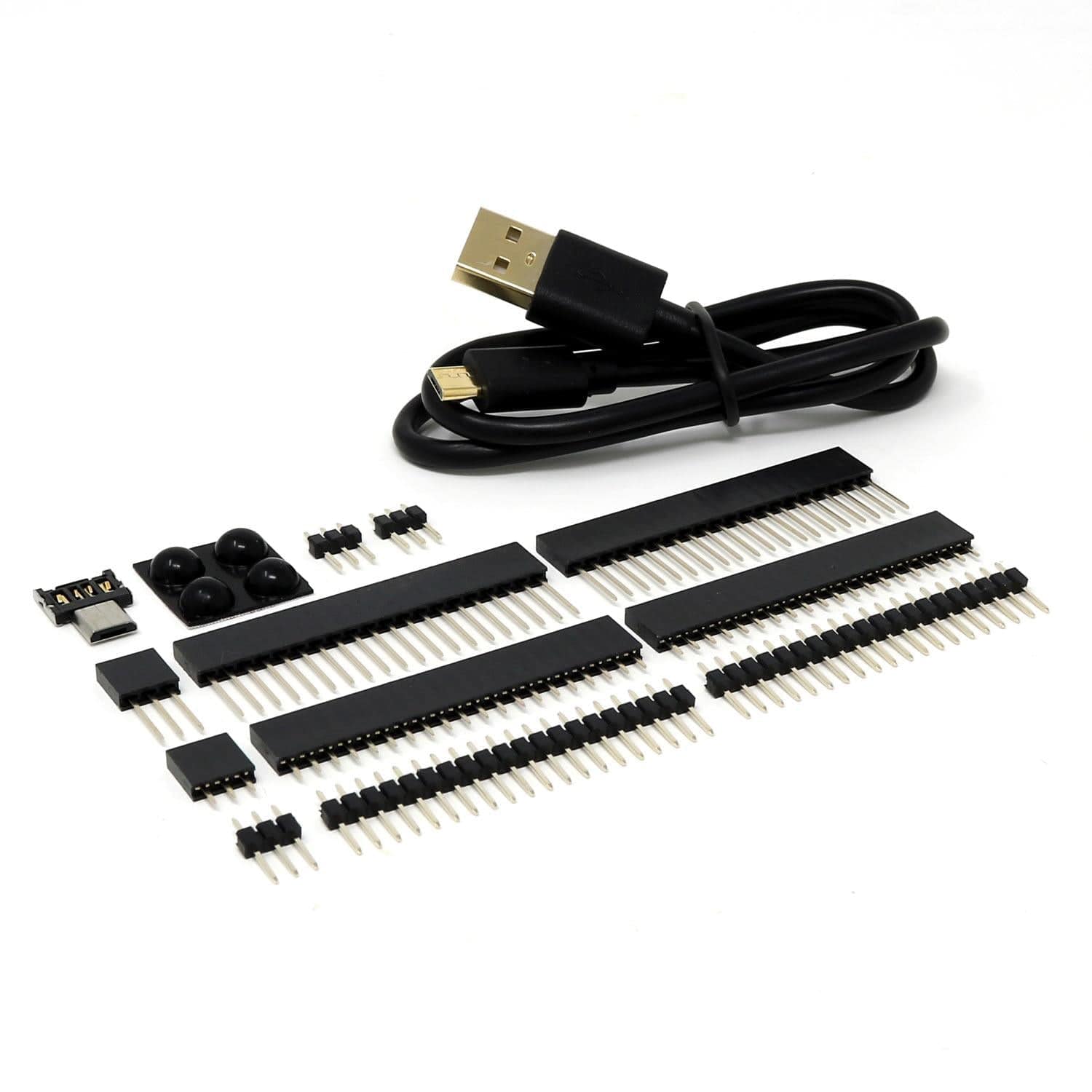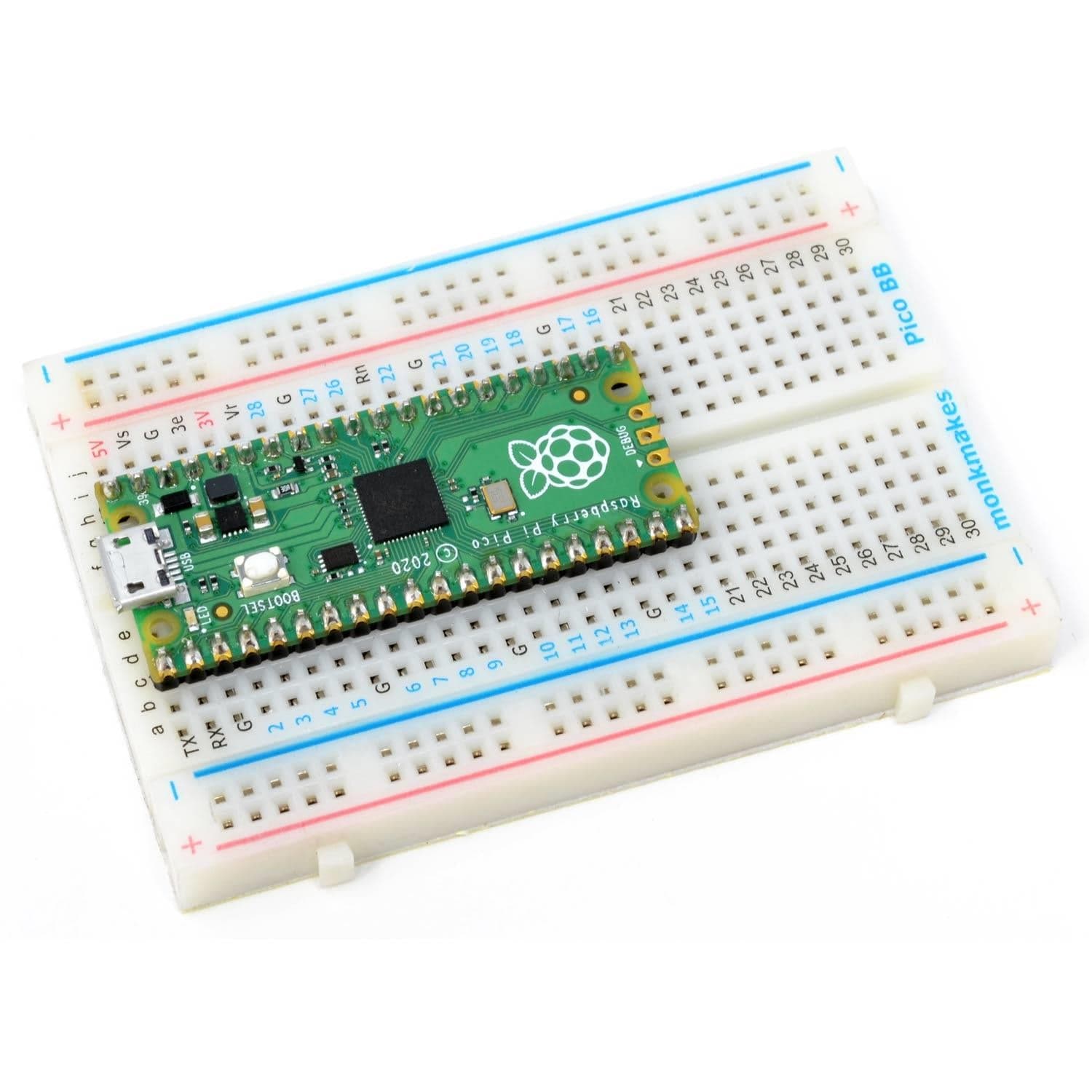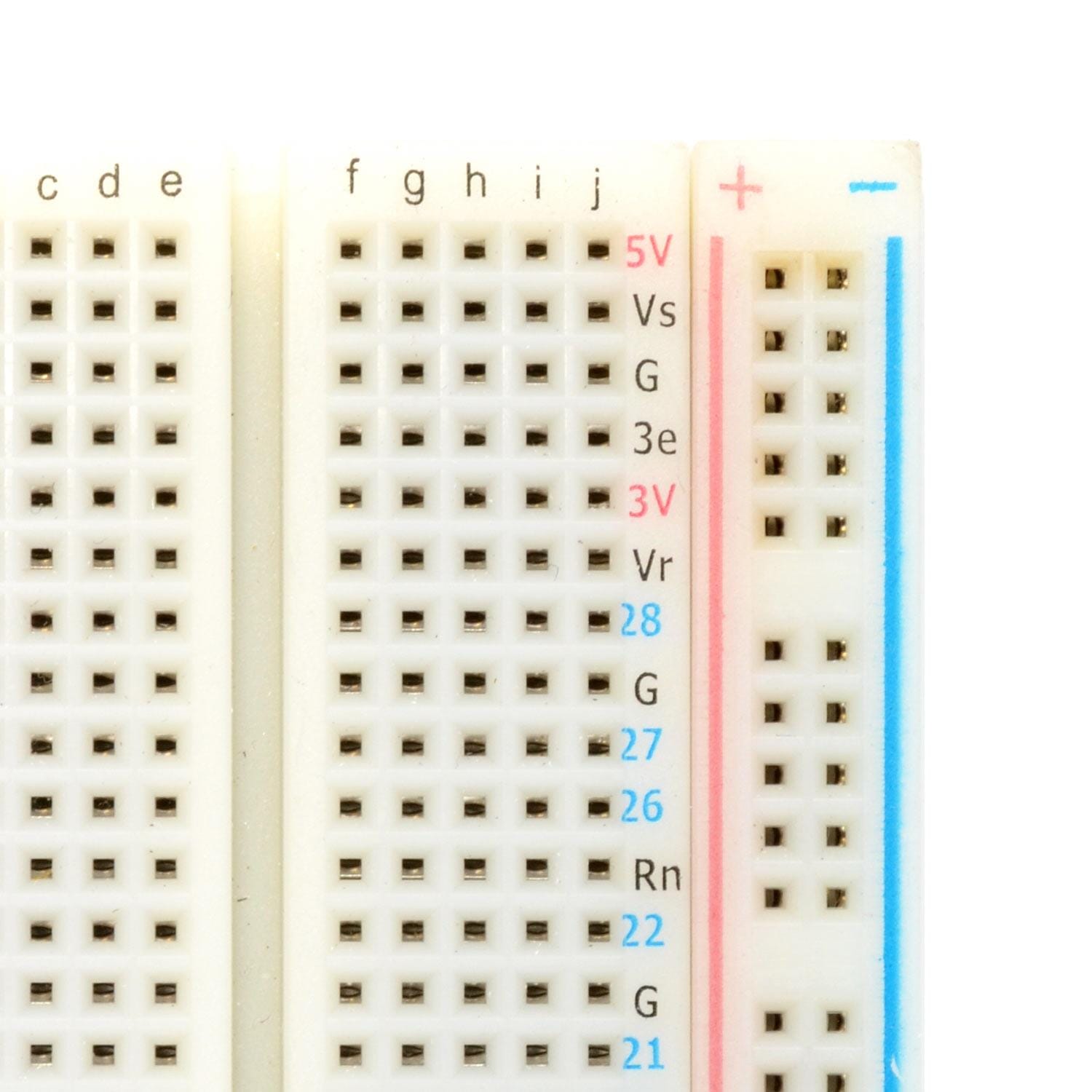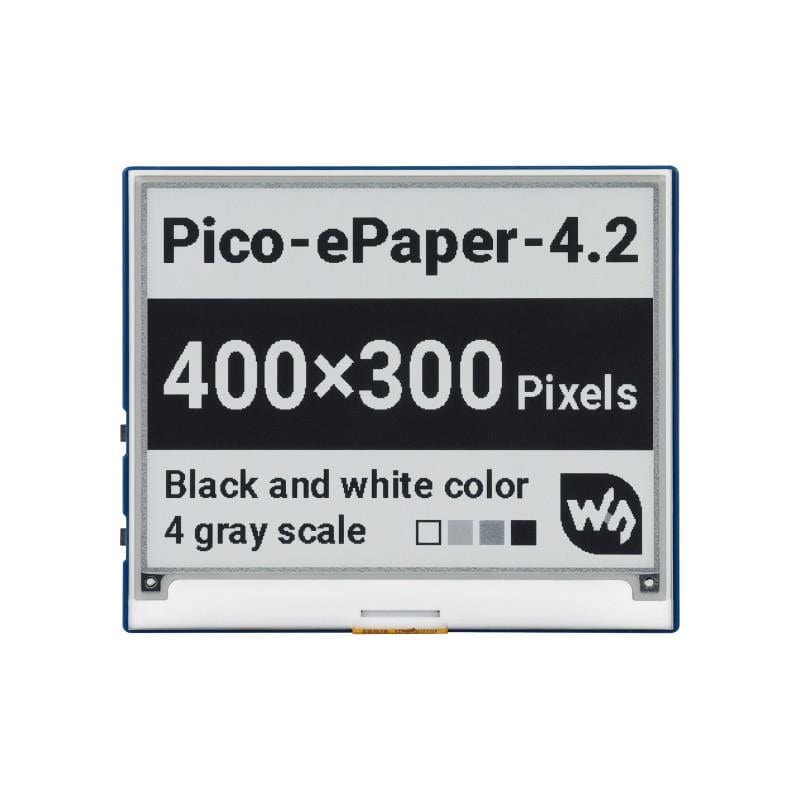
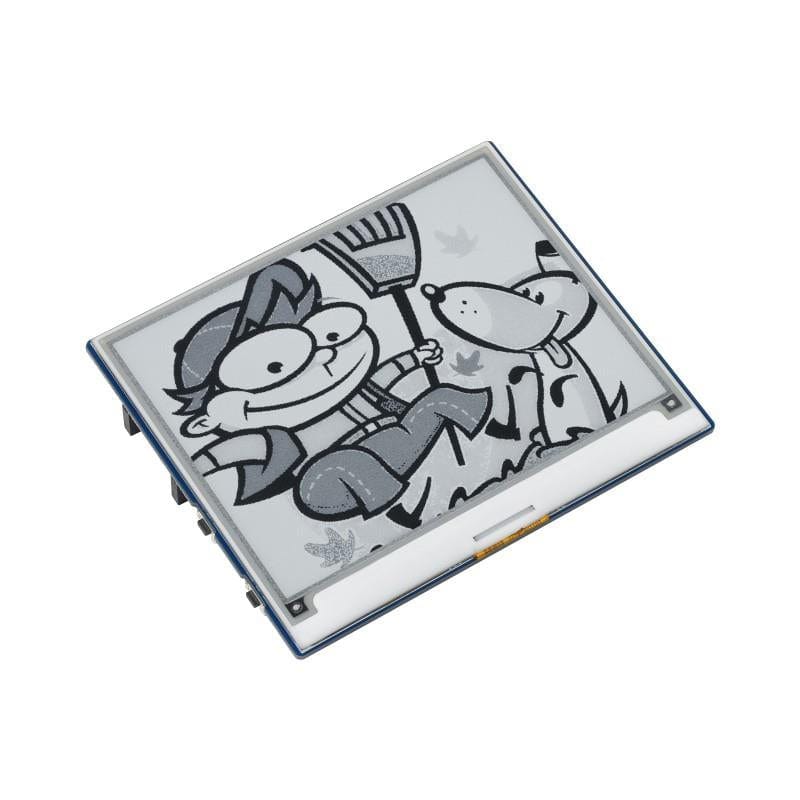
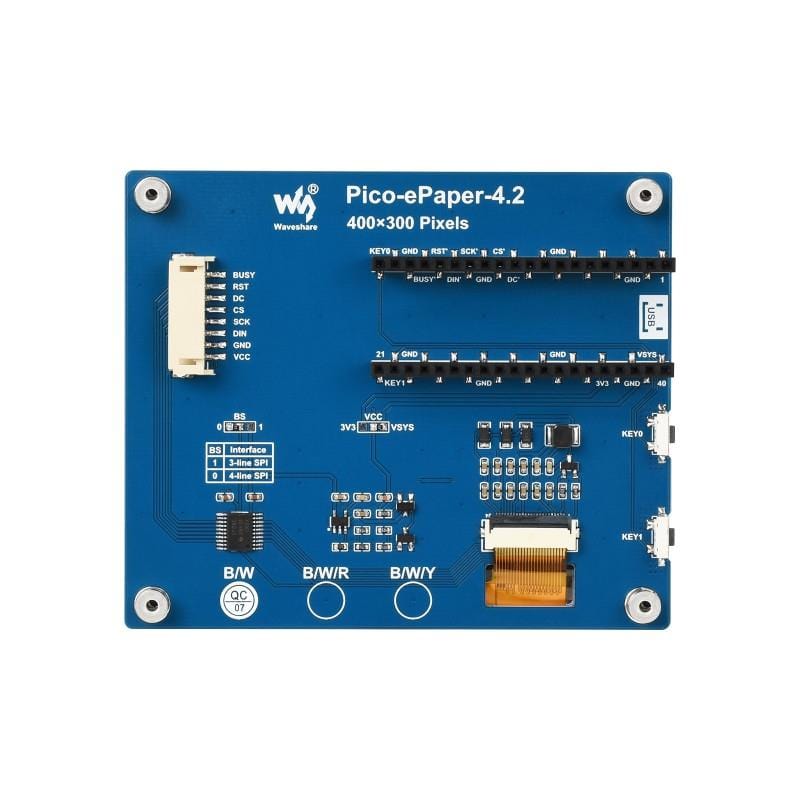

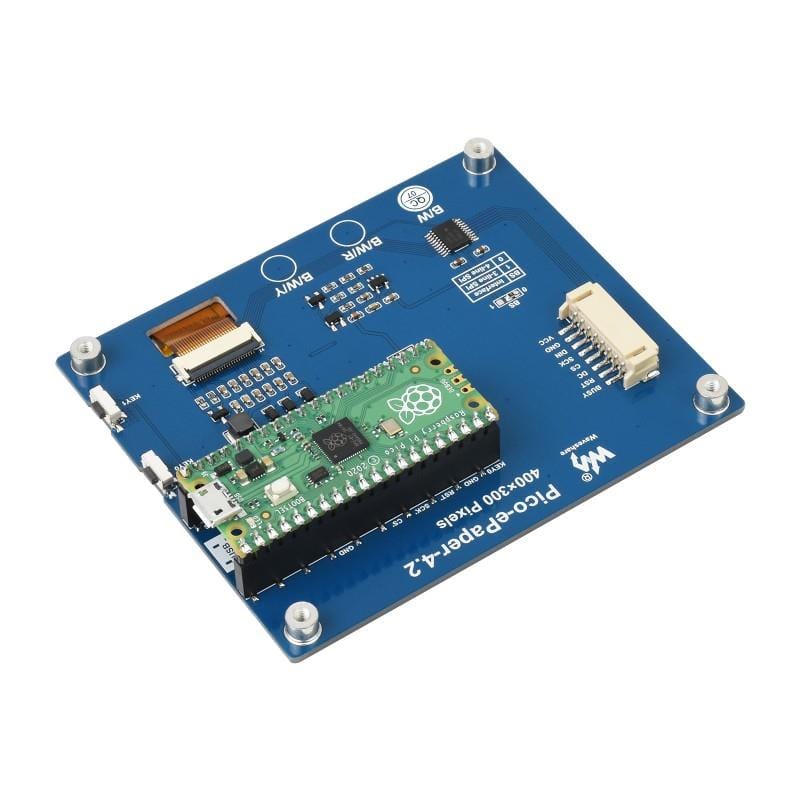
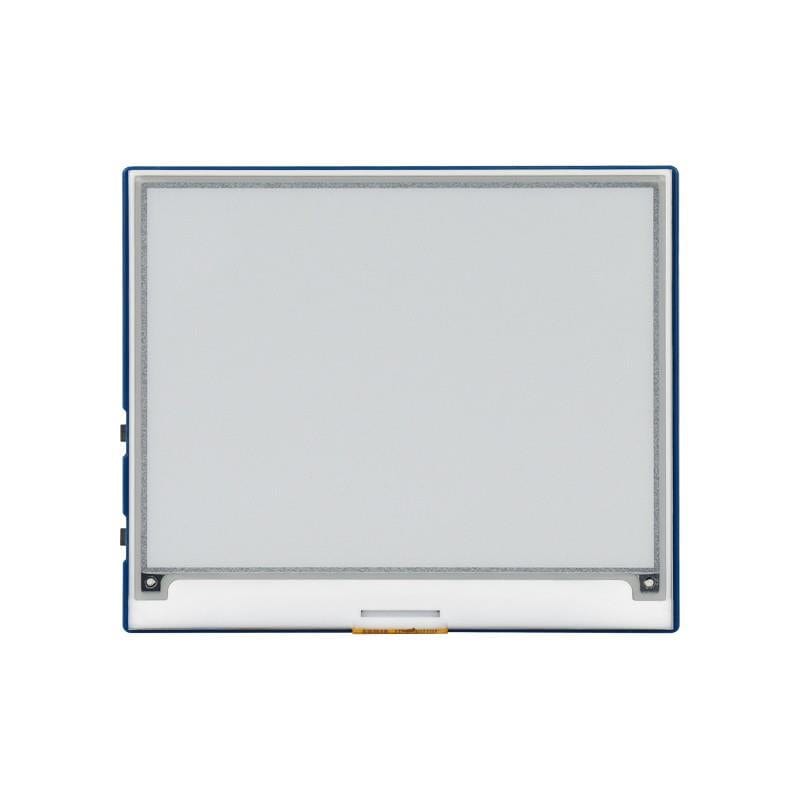
Login / Signup
Cart
Your cart is empty
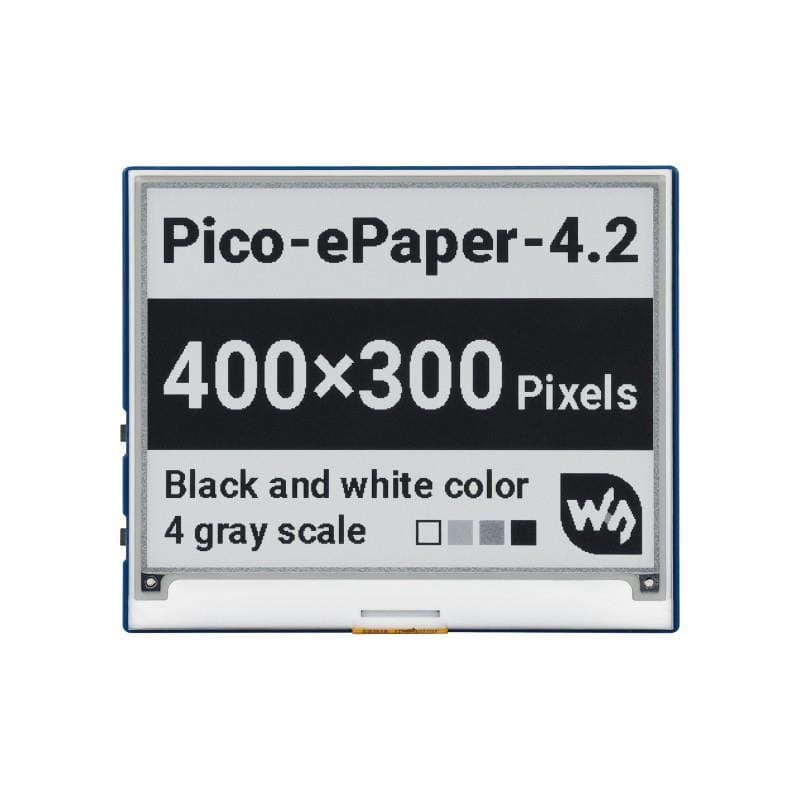

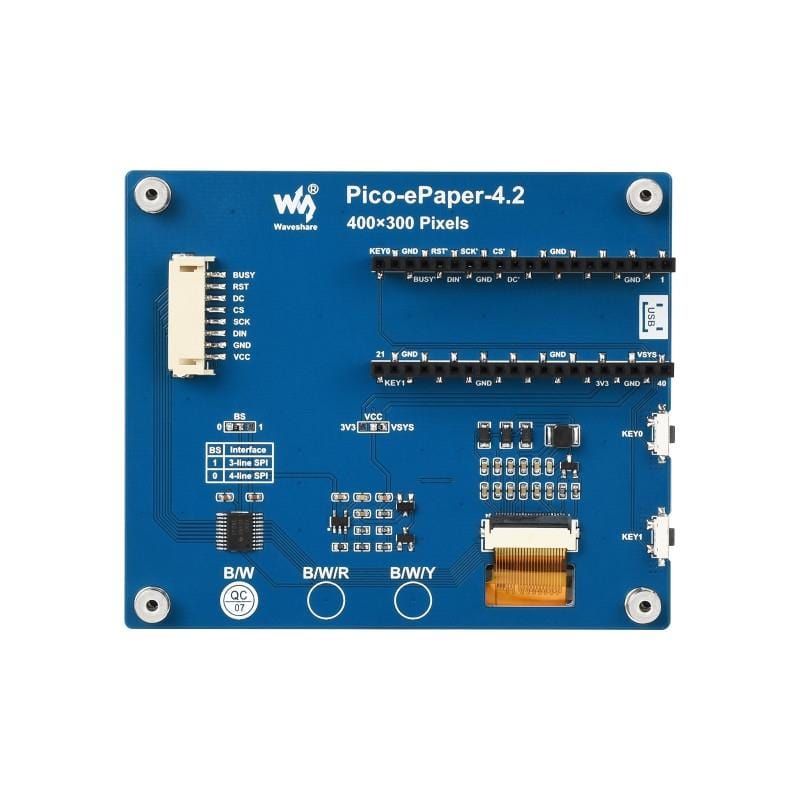

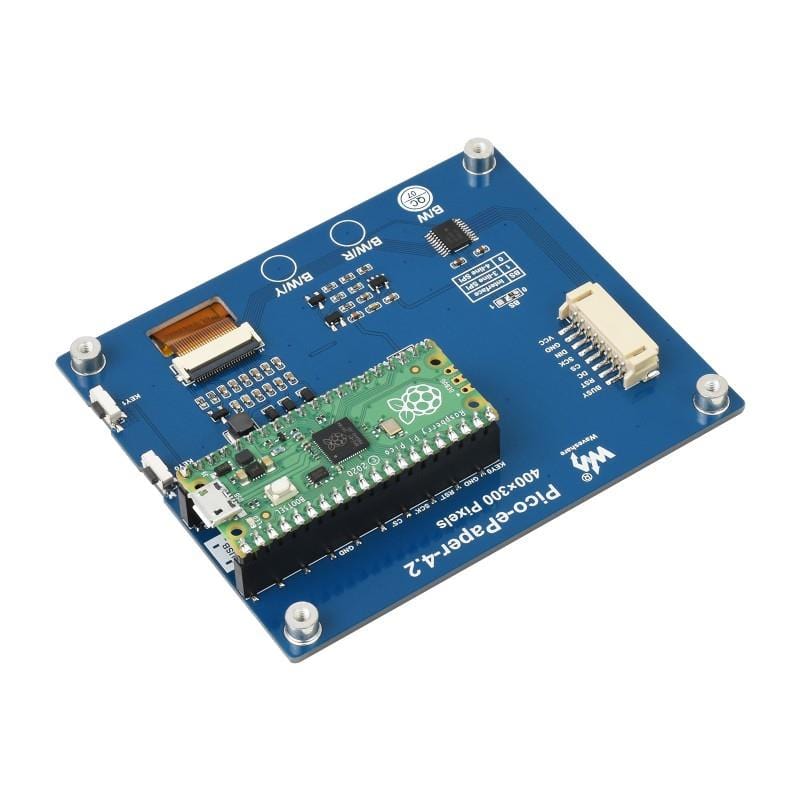
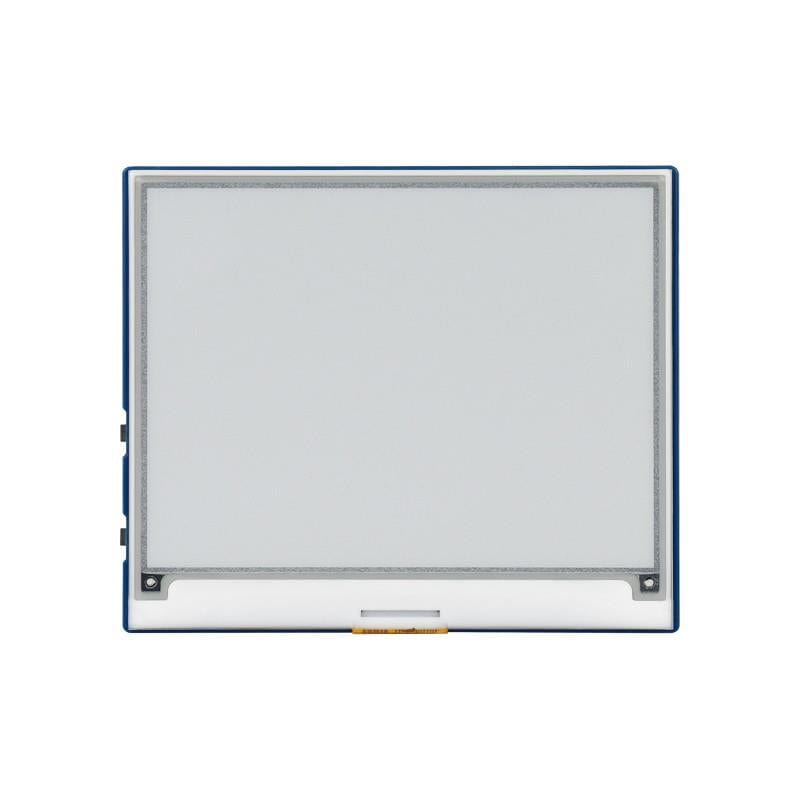
Looking for an eInk / ePaper display for your Raspberry Pi Pico? Look no further! This nice medium-sized 4.2" black/white eInk/ePaper display from Waveshare is perfect for adding a low-power display to your Pico project.
This display module has been designed specifically for the Raspberry Pi Pico - just push your Pico into the female headers and you're ready to go (Pico with male headers required).
ePaper / eInk displays are designed to replicate the appearance of ink on paper. Unlike regular displays, which loose their image when power is removed, eInk screens are able to hold text and images indefinitely, even without power. ePaper screens are therefore ultra low power, designed to have a wide viewing angle, and additionally have limited reflection under sunlight. The applications are limitless!
The E-Ink display modules from Waveshare come complete with an embedded controller PCB, communicating via SPI interface and supporting partial refresh.
A Raspberry Pi Pico is not included - click here if you'd like to buy one . Your Pico will need to have male headers soldered to it with the pins pointing downwards (or grab one of our Pre-soldered Picos ).
Onboard Female Pin Header For Direct Attaching To Raspberry Pi Pico

For Use With Other Controller Boards Like Raspberry Pi/Jetson Nano/Arduino/STM32
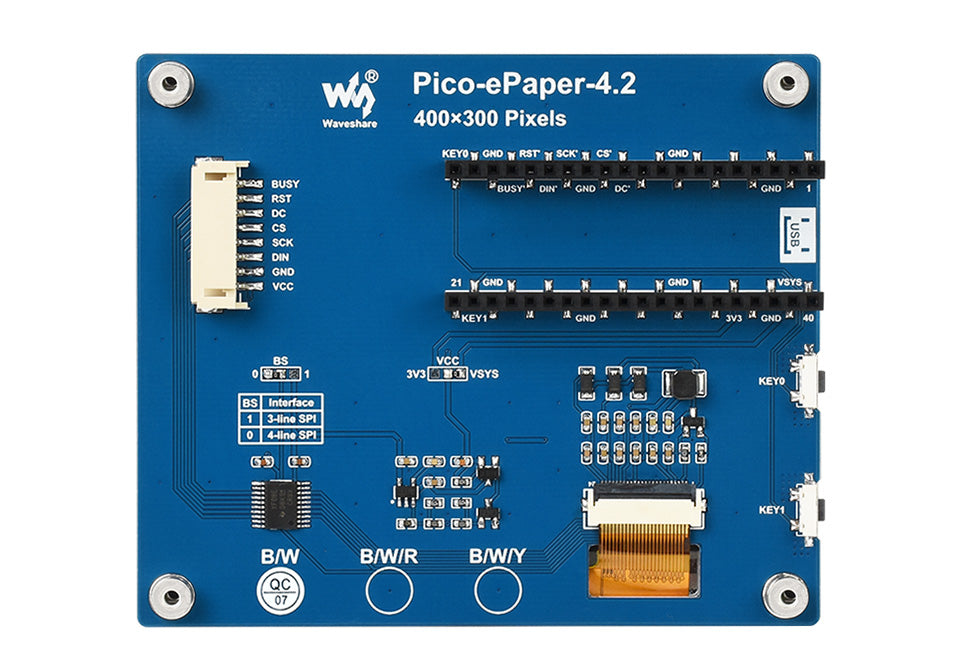

Raspberry Pi Pico NOT included







